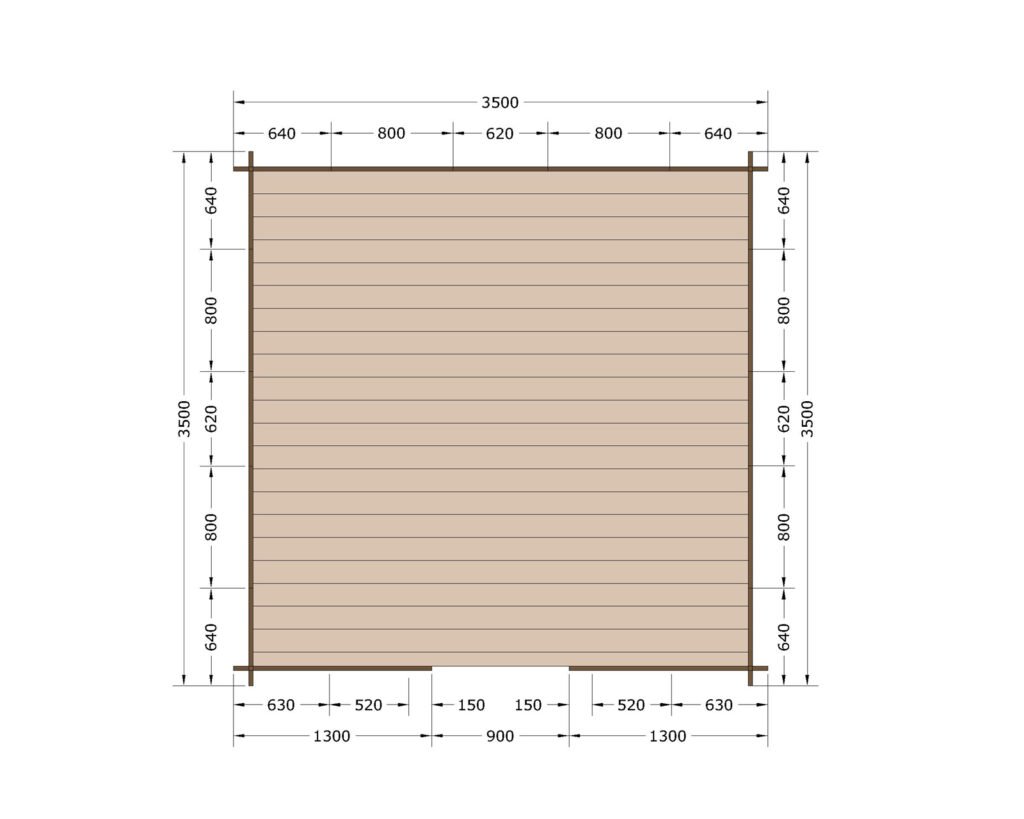
Adding Living Roofs to Garden Sheds
Sheds, log shelters and garages make ideal environments for adding green roofs. A green shed garden can reduce stormwater runoff while creating an idyllic retreat from everyday life.
Low-growing sedums make great roof plants for garden sheds, while accent plants such as flowering perennials and grasses add colorful accents and height to designs. Some require regular care in order to thrive successfully.
1. Aesthetics
Greening urban sheds for prams, bins, wood stores and electricity substations is an attractive way to bring beauty and create habitat for wildlife in urban spaces.
Roof designs must appeal to the viewer from a considerable distance, so using appealing foliage colors in broad sweeping patterns works beautifully. Low-growing sedums are especially great at doing just this; with varieties and cultivars spanning grays, blues, greens and reds. Other perennials like ornamental onions (Allium) or short grasses like Bouteloua add height and texture that complement each design perfectly.
Green roofs weigh an estimated 100kg per square metre when fully saturated with water and vegetation, so the shed roofing structure should be designed to support that weight. Usually this involves creating a frame with sturdy posts capable of taking on this extra load due to planting.
2. Water Management
Water infiltration can be a significant problem for garden shed owners, especially when it threatens the condition of tools and other stored items. Addressing this issue early helps preserve its value for years to come and protects its integrity.
Elevating a structure can be an effective strategy for mitigating moisture-related issues by creating a barrier that deflects rainwater away from it, as well as decreasing groundwater accumulation risks, while providing easy access to equipment, materials, and other items.
Another approach involves applying waterproof sealant to wood surfaces to prevent moisture infiltration and reduce the risk of rot, warping and other damage. Regular inspection should take place to check this solution as necessary and reapply sealant as necessary.
Gutters and downspouts are essential in preventing water accumulation around the shed foundation. Sloping gutters to divert rainwater away from it reduces moisture infiltration risk, while it’s important that they remain free of leaves, twigs and debris that could potentially block them up.
Installing a rain garden, or other features designed to absorb excess moisture, may also prove effective solutions in regions prone to drought where accessing treated municipal water sources may be costly and limited.
Harvesting rainwater for garden use is an efficient and sustainable method of water management, helping you reduce reliance on municipally supplied water while saving money by limiting what must be purchased or pumped from wells. Plus, collecting rainwater adds beauty and interest to any backyard landscape!
3. Energy Efficiency
Sheds, wood stores, and other small buildings with bare roofs occupy significant real estate in urban environments. Greening these roofs can provide many benefits – habitat creation and food crop production being among them – but green roofs add considerable weight to a shed; therefore it must be strong enough to support them properly – this may necessitate installing a rooftop frame built using strong beams (69×44 mm or 2×3″ is recommended for optimal results).
Maintenance is key to ensure a living roof works as intended, from watering, weeding, mowing, fertilization and inspection, through to pruning. Each is essential in keeping its vegetation layer healthy.
4. Wildlife Habitat
Green roofs on sheds can bring bees, butterflies and other wildlife into your garden. Sheds, bin stores and small buildings like electricity sub-stations and play parks all often boast large roof space which could provide local habitat support; adding a green roof provides food and shelter for local birds, insects and mammals that inhabit it.
Sheds with gable-style roofs (composed of two equal-length sloped sides meeting at a central ridge) make excellent green roof choices as they have large surfaces which support vegetation growth, while helping with water runoff to reduce rain damage risk.
Green roofs usually consist of several layers; waterproof/root barrier layer, drainage and water retention mats, growing medium and vegetation. When fully saturated they can weigh up to 100kg per square metre so it is important to take into account whether your shed can withstand this extra load.
There are various ways that green roofs can become more wildlife-friendly, including planting plants to attract pollinators and adding features that provide additional habitat, such as drilling holes for solitary bees or creating bug hotels. These efforts are especially vital given traditional ecosystems are under increasing strain as are native bee species that depend upon them for survival.
Green roofs offer numerous advantages for any type of shed, including reduced urban temperatures and flood risks as well as enhanced aesthetic appeal. When selecting the appropriate style of green roof, however, it’s crucial that it fits both in terms of durability and style – the gable or skillion roof styles are popular choices as they offer good ventilation, weather resistance and stability; additionally, their flat sloped sides make them suitable for seating or vegetable beds – and offer one of the easiest design methods possible for green roofs.